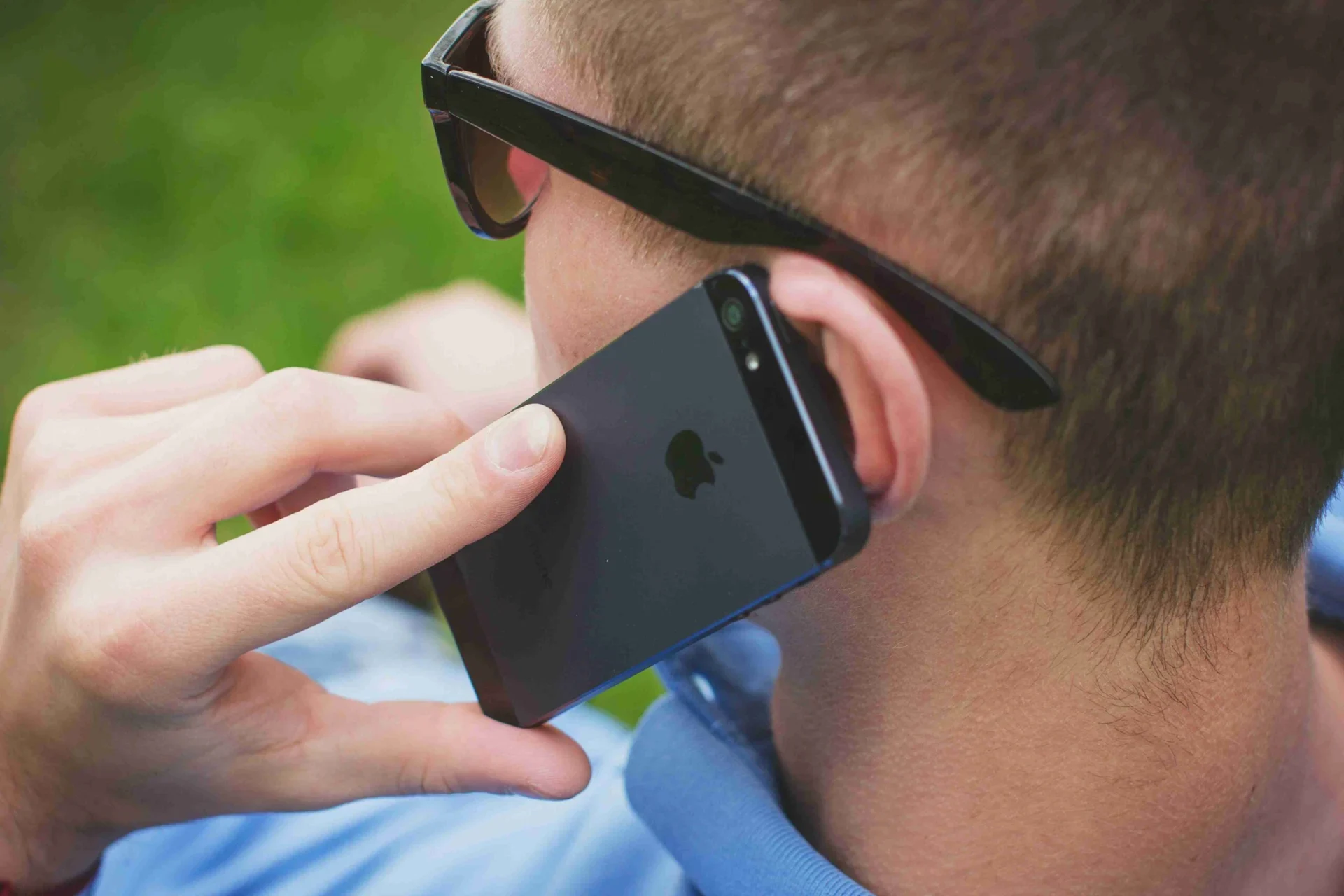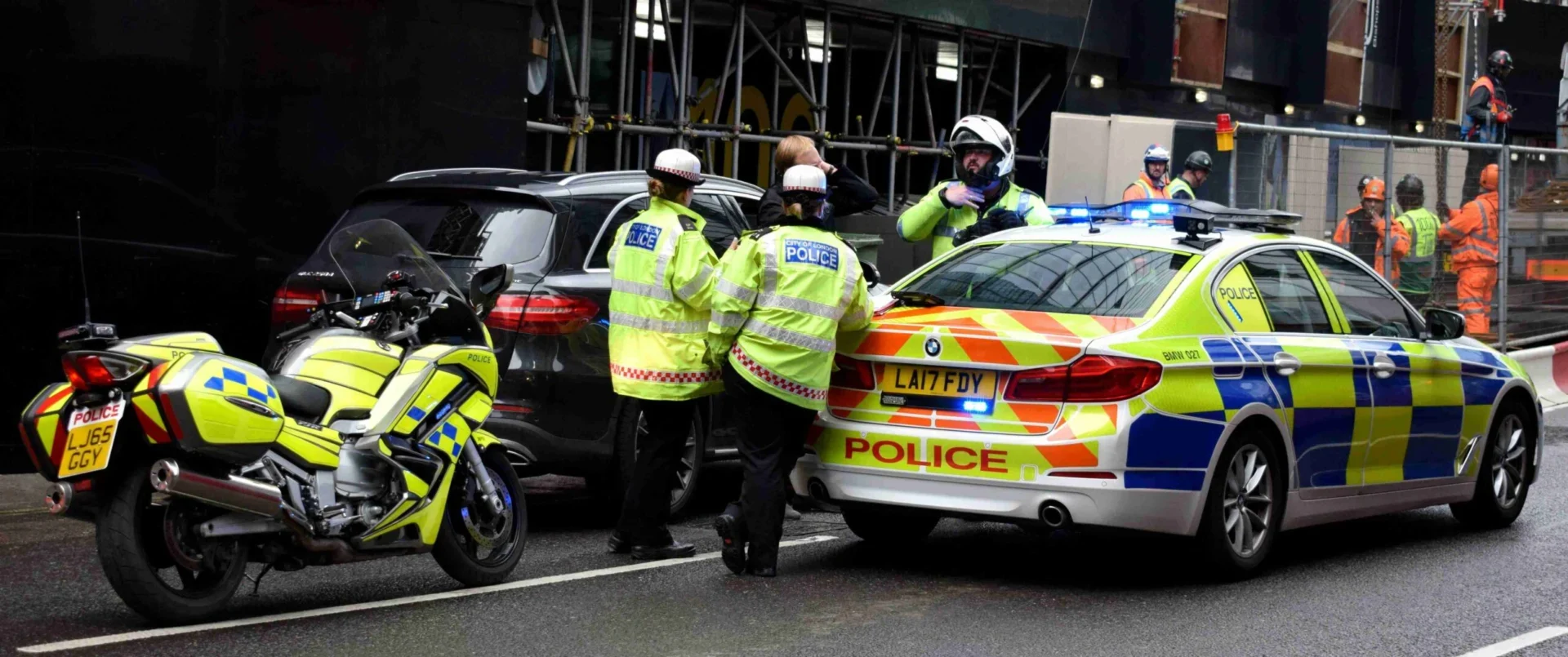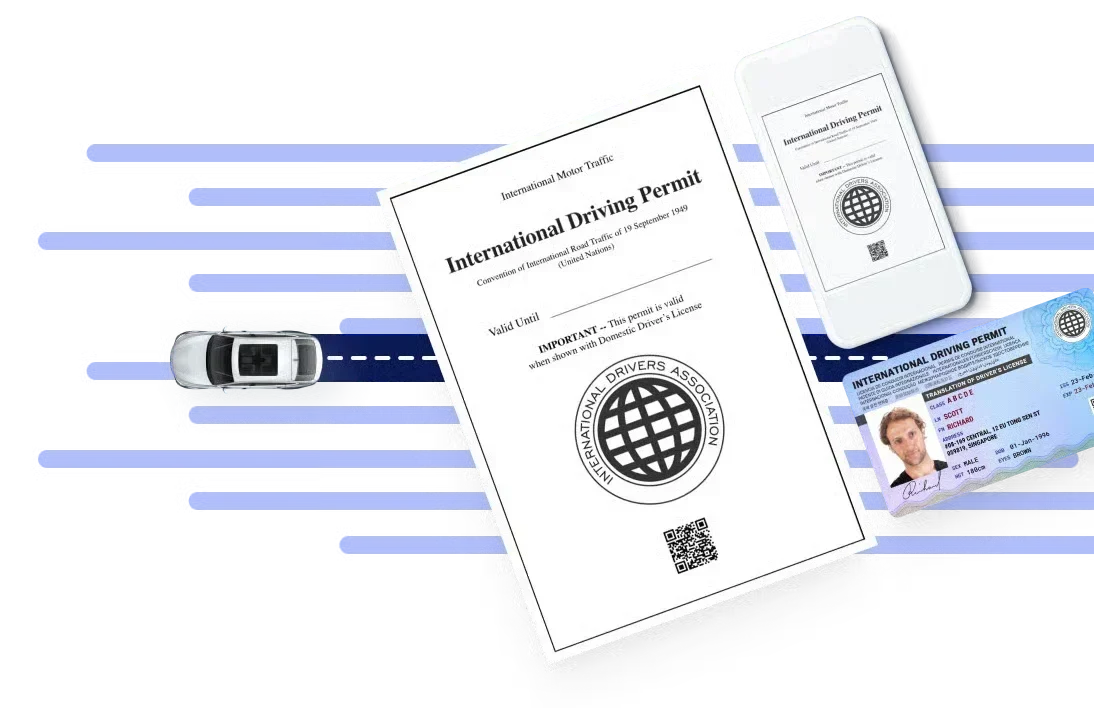Even the most meticulously planned journey can encounter unexpected bumps along the way. One such challenge is the possibility of a car breakdown in unfamiliar territory. And this happens more often than you can imagine.
Check if you need an IDP NowWhere was your license issued?
Destination
In fact, according to a study, vehicle breakdowns contribute 30% of the total number of road incidents. This shows that there is a high chance of car breakdowns when you are driving, locally or abroad. However, this isn’t something to be wary about because you can make good decisions and finish your road trip positively with the right idea of what to do.
This article is about that. It aims to guide you through the steps to take if you find yourself in this situation and provide valuable tips to prepare for and potentially prevent such occurrences.
Ensure safety
When you first notice signs of trouble with your vehicle, your immediate priority should be safety. Begin by carefully maneuvering your car to the side of the road or, if possible, to a designated safe area. This action helps protect you from oncoming traffic and provides a safer environment for assessing the situation.
This can also help you avoid causing any cause of congestion on the road you are driving. This is especially important because car incidents, whether minor or major, make up 25% of traffic worldwide. So, to maintain traffic flow, pull up to the side safely.
Once you’ve stopped in a secure location, immediately turn on your hazard lights. These flashing indicators serve a dual purpose: they alert other drivers to your stationary vehicle, reduce the risk of collision, and signal that you need assistance.
If you have them, set up warning triangles or flares behind your vehicle to increase visibility further, especially if you’ve broken down in an area with limited sight lines for approaching vehicles
Assess the situation
After ensuring your immediate safety, take a moment to assess the situation. If possible, try to identify the problem with your vehicle. Is the engine making unusual noises? Has the car overheated? Are you out of fuel? While you may not be a mechanic, having a basic understanding of the issue can be helpful when communicating with roadside assistance or local mechanics.
However, it’s important to note that waiting for professional help is perfectly acceptable if you need clarification on the problem or feel uncomfortable inspecting the vehicle, especially in an unfamiliar area. Your safety should always be the top priority.
Stay with your vehicle
In most cases, it’s advisable to stay with your vehicle. Your car provides shelter and is much easier for help to locate than a person on foot. This is particularly important if your car breaks down in a remote area or during adverse weather conditions.
If you’re in a safe location, keep your seatbelt on and remain inside the vehicle with the doors locked. This precaution is essential if you’re in an unfamiliar area where you may feel vulnerable.
If the weather is hot and you need to run the air conditioning, ensure the exhaust pipe is straightforward to prevent carbon monoxide buildup inside the car. A study found that around 2,100 deaths occur every year due to unintentional carbon monoxide poisoning . Therefore, you have to check for this as well, even before your trip.
Call for help
One of the most crucial steps in handling a car breakdown abroad is knowing how to call for help. This is where preparation before your trip becomes invaluable. Before embarking on your journey, research and save essential contact numbers. These should include:
- Local emergency services number
- Your rental car company’s assistance line (if you’re using a rental)
- Your travel insurance provider’s helpline
- International roadside assistance services
When you call for help, be prepared to provide essential information:
- Your exact location (use GPS coordinates if possible)
- Details about your vehicle (make, model, color, license plate number)
- A description of the problem
- Your contact information
Having this readily available information can significantly speed up getting help to your location.


Use technology to your advantage
Your smartphone can be a powerful tool in a breakdown situation. Consider downloading apps that can help you in an emergency, such as offline maps, translation apps (if you’re in a country where you don’t speak the language), and international calling apps.
Some car manufacturers and rental companies also offer apps that can help you diagnose basic car problems or directly connect you with roadside assistance. Please familiarize yourself with these tools before your trip to ensure you can use them effectively.
Communicate with the locals
Communicating your situation can be challenging in a country where you must speak the local language. Preparation can make a significant difference. Before your trip, learn some basic phrases related to car troubles in the local language. Phrases like “My car has broken down,” “I need a mechanic,” and “Can you please call for help?” can be incredibly useful.
Check if you need an IDP NowWhere was your license issued?
Destination
Consider carrying a small card with key phrases written in the local language. This can be a lifesaver when communicating with locals or emergency services.
In some countries, local police may stop to assist you if they see your broken-down vehicle. While this can be helpful, preparing for potential language barriers and procedure differences is important. Always have your essential documents readily accessible, including:
- Your passport
- Vehicle registration (if it’s your own car)
- Rental agreement (if it’s a rental car)
- Insurance documents
It is also equally important to secure your international license in case situations like this may arise. This way, you won’t get into any major trouble with the authorities, and help will be provided as soon as possible. Fortunately, this is accessible because you can quickly get your international driver’s permit online .
Quickly producing these documents can help smooth any interactions with local authorities and demonstrate that you’re legally operating the vehicle in their country.
Be Prepared for unexpected costs
Car breakdowns can often lead to unexpected expenses. While travel insurance or your rental agreement may cover some costs, it’s wise to be prepared for some expenses. Keep some local currency and a credit card with international charging capabilities easily accessible.
Be cautious of potential scams, especially if someone offers to fix your car on the spot for cash. Wait for official help to arrive, or have your vehicle towed to a reputable garage when possible.
Maintain patience and a positive attitude
Dealing with a car breakdown can be frustrating, especially in a foreign country, and you may face language barriers. Remember that help may take longer than you’re accustomed to in your home country. Try to stay calm and patient. If you’re traveling with others, use this time to regroup and adjust your travel plans if necessary.
What to do next?
Once help arrives, whether it’s a mechanic, tow truck, or replacement vehicle, ensure you understand the next steps. If repairs are needed, estimate how long they will take and how this might affect your travel plans. If you’re continuing your journey in a replacement vehicle, ensure you’re comfortable with its operation and know who to contact if you have any issues.
Bottom Line
While a car breakdown abroad can be stressful, proper preparation and knowledge can transform your journey from a potential crisis into a manageable hiccup. By familiarizing yourself with these steps, gathering necessary information, and maintaining calm, you’ll be well-equipped to handle unexpected vehicle troubles.
Remember, prioritizing safety and staying prepared is key to successfully navigating such situations. With the right mindset, even a breakdown can become a part of your travel story—a challenge overcome that showcases your adaptability. Safe journeys, and may your road trips have more adventures than car troubles!
Certainly! I’ll create an FAQ section that complements the article by addressing questions that must be fully covered in the main text. This will provide additional value to readers planning road trips abroad.
Frequently Asked Questions
How can I prevent car breakdowns when driving abroad?While not all breakdowns are preventable, you can reduce the risk by:
- Having your vehicle serviced before the trip
- Checking fluid levels, tire pressure, and brakes regularly
- Familiarizing yourself with the vehicle if it’s a rental
- Avoiding overloading the vehicle
- Being aware of local driving conditions and adjusting accordingly
It’s often a good idea to consider additional coverage, such as:
- International breakdown coverage
- Extended rental car insurance
- Travel insurance with vehicle assistance
Always check what’s covered in your existing policies and what additional protection might benefit your trip.
What essential items should I keep in my car for emergency situations?Consider packing:
- Basic tool kit
- Jumper cables
- Spare tire and jack
- Flashlight with extra batteries
- First-aid kit
- Bottled water and non-perishable snacks
- Physical map of the area (in case of tech failures)
- Portable phone charger or power bank
To find a trustworthy mechanic:
- Ask your rental company or insurance provider for recommendations
- Look for certified dealerships of your car’s make
- Check online reviews, if possible
- Ask at your hotel or local tourist information centers
- Be wary of unsolicited offers of help from passing mechanics
Be sure to:
- Research local traffic laws and regulations before your trip
- Understand the requirements for international driving permits in your destination
- Be aware of any specific equipment required by law (e.g., warning triangles, high-visibility vests)
- Know the local rules regarding insurance and vehicle documentation






